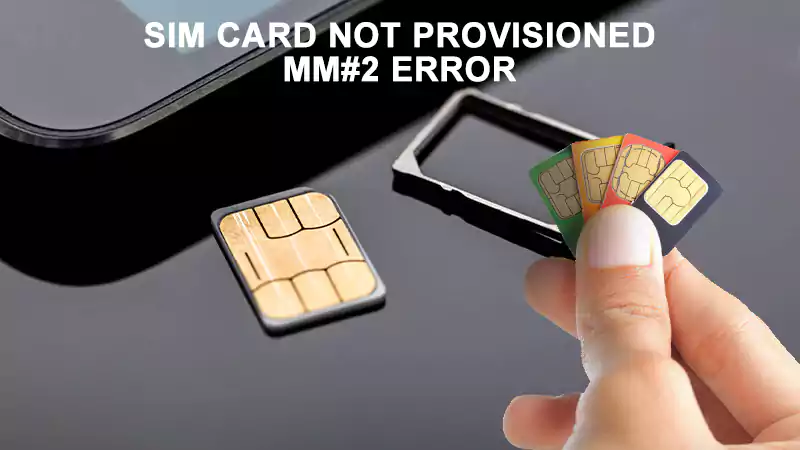Gone are the days when people looked for phones with more storage. Well, we’ve all been there, haven’t we? We tend to look for devices that already come with larger storage capacity so that we won’t be facing any storage issues in the near future. But that’s not the case anymore.
Now that you are here, you must also be looking for your query, ‘what is a TF card?’ In simple terms, it is the smallest memory card with the biggest and some of the most prominent features. Already sounds interesting, right? So let’s dive in and get to know all about TF cards and how they work.
What is a TF Card?
A TransFlash card or TF card is nothing but a smaller SD card used for storage in devices like cameras and mobile phones. Due to its similarity in functions with an SD card, it is often called a microSD card; micro, because it’s smaller. So if you are wondering about whether I use a microSD instead of a TF card, the answer would be yes, as they are both the same.
It was developed and launched by SanDisk and Toshiba in 2004. Soon after its launch, the card was widely used by users, mostly because of its minimal dimensions (11x15x1mm), and to date, it is one of the most widely used storage cards. Soon only, the name of the TF card was officially changed to the microSD card.
Well, the assistance and features of microSD cards don’t take a pause here; it improved quite a lot over time. It now comes with much more variations in storage and support for various file formats. It is used as a storage device for portable devices like mobile phones and tablets. In fact, now most of the devices come with a port to insert a microSD card.
Now that we have been calling it a miniSD card quite a lot, you must be wondering if there’s any difference between a TF Card and an SD card. Let’s solve this query of yours.
Are TF Card and SD Card Both the Same?
Both cards are developed by the same developer, and both of them are used in small portable devices for storage purposes. The TF card is similar to the SD card; both of them store data on the NAND chips while offering a great read and write speed at the same time.
These are the only similarities one may find in both cards. TF card assists its users with more storage space. In fact, it was created solely for the purpose of increasing the storage space in portable devices like mobile phones.
Most devices come with a defined storage space only, but with time, the requirements of the users enhance, and they have more data to store. This is where the TF memory card enters. It provides extra storage space for the same device. One can easily insert the card in their device and have much more space for their data storage.
Let’s now have a look at some key differences between the both.
Differences Between SD Card and TF Card
Now that we talked about the similarities between the two, let’s also have a look at what the key differences are.
Origin
SD card was developed and launched by joint cooperation of SanDisk, Panasonic, and Toshiba in the late 1990s.
After a while, in 2004, SanDisk and Toshiba developed a much more compact version of the SD card and named it the TransFlash card (TF Card). And later, the name was changed to MicroSD card. The thing to keep in mind here is that only the name of the TF memory card changed, the uses, and everything else remains intact.
Dimensions
After the launch of SD cards, it was considered to be the smallest storage device with dimensions of 32x24x2.1mm. However, with the introduction of much more compact devices like TF cards, SD cards became too big for the devices.
TF Card was launched with the dimensions 1x15x1mm. The sole development cause of a more compact device like a TF memory card was to overcome this issue of the SD card being too big.
Uses
Another question of yours that might still be unanswered is ‘What is a TF card used for?’ Well, as you already know that SD cards are used for storage in devices like cameras, mobile phones, tablets, etc. Just like that, the TF card is also used for the same purpose, the only difference is that it is used as a much smaller and more compact device.
Security
Most people might not know this, but the SD card has a physical lock on one of its longer sides. Turning the lock protects the card from being deleted or written on.
However, as of today, the microSD card or the TF Card doesn’t come with any such protection that may prevent the card from being written on.
Compatibility
Hopping on to one of the major aspects of a storage card, which is cross-compatibility. Both cards have different-sized slots, hence, you cannot put an SD card in the TF card’s slot or vice versa. So if you are looking for answers to ‘Can you put an SD card in a TF slot?’ the answer would be no, an SD card cannot be put into a TF card slot.
Although, you can insert a microSD card into an SD card adapter and then insert that adapter into the regular SD card slot on your device. This is because the microSD card is comparatively more compact than the SD card, which is why it needs an adapter to fit into the SD card slot.
Summing up, SD cards and TF cards are two different cards. TF cards were named microSD cards soon after their release. Here’s a table of differences between both of them with their details.
| Criteria | SD Card | TF Card |
| Developers | SanDisk, Toshiba, and Panasonic | SanDisk and Toshiba |
| Dimensions | 32x24x2.1mm | 1x15x1mm |
| Storage | Up to 128 TB | Up to 128 GB |
| Uses | Video camera and digital SLR | Dashcam and cell phones |
| Compatibility | Only compatible with the SD card slots | Compatible with the TF card slots along with SD card slots with an adapter. |
| Alias | – | MicroSD card |
| Security | Comes with a physical lock | – |
| SDIO | Supports SDIO communication | Does not support such communication |
FAQs
Ans: The speaker can accommodate a microSD card, of which the audio content can be played.
Ans: TF Card is not the same as the SD card, however, it can be used in the same slot as the SD card.
Ans: TF cards are used in portable devices like music players, GPS devices, and flash memory disks for their tiny size capacities.








